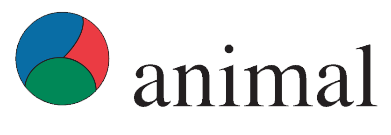Document type : article published in Réussir bovins viande
Author: François d'Alteroche
Preview: Lameness problems, which are common in dairy farms, tend to become more frequent during suckling. Changes in housing lay-out and the increased number of animals on farms partly explain these developments.
Without feet there's no horse! This common saying among riders should also apply to cattle. As compared to other species and especially to us bipeds, one of the peculiarities of cattle is that a considerable weight is borne by a very modest surface area. Each of an 800 kg cow's claws can support around 100 kg and the bearing surface of this claw is only a few square centimetres. This means that the pressure per square centimetre of the load-bearing surface is far greater than that which can be withstood by a human foot. In cattle, the weight rests only on the heel and along the foot's outer wall to the claw. This pressure greatly increases locally as the animal moves. This occurs even more during rapid movements and especially during jostling, confrontations and bulling.
In the natural cattle environment constituted by grassland, pressure on the hooves is partly relieved by the compressibility of the soil. "The longer the cows spend out on grass, the better the quality of their feet. The enemy of a cow's feet is concrete because it doesn't cushion anything," says Marc Delacroix, a veterinarian and lameness specialist. In addition to its "cushioning" effect, the ground in a meadow also has a "broom-brush" effect. The grass constantly cleans the animals' hooves as they move about.




